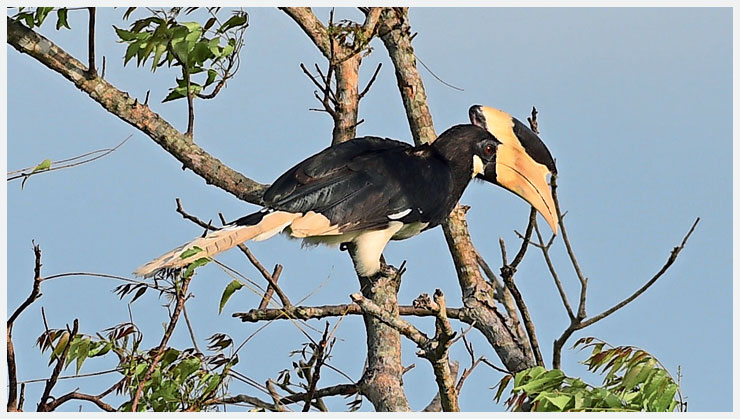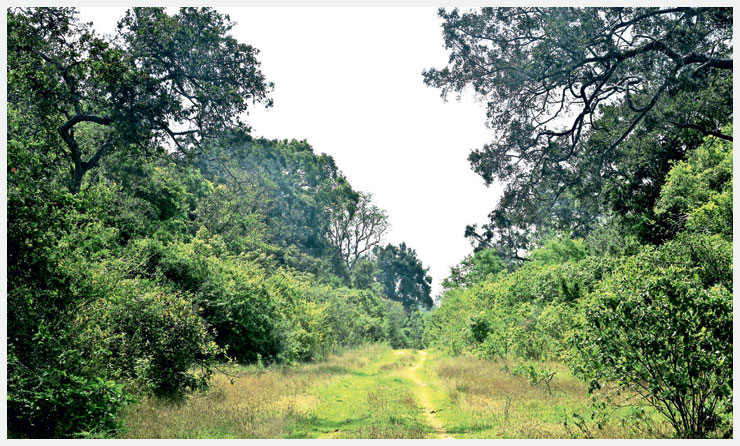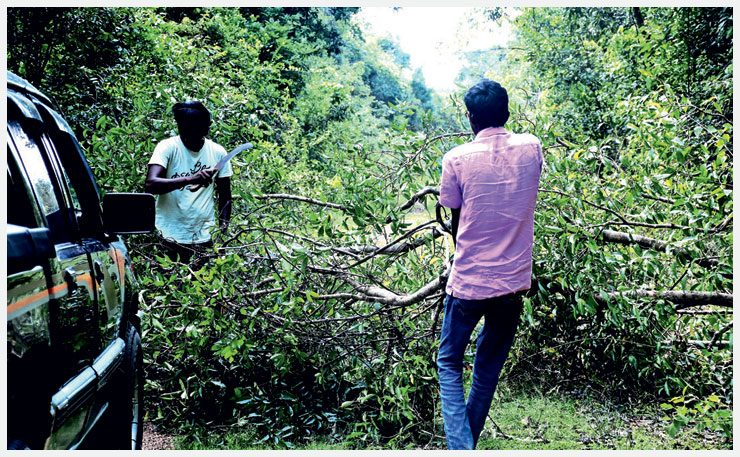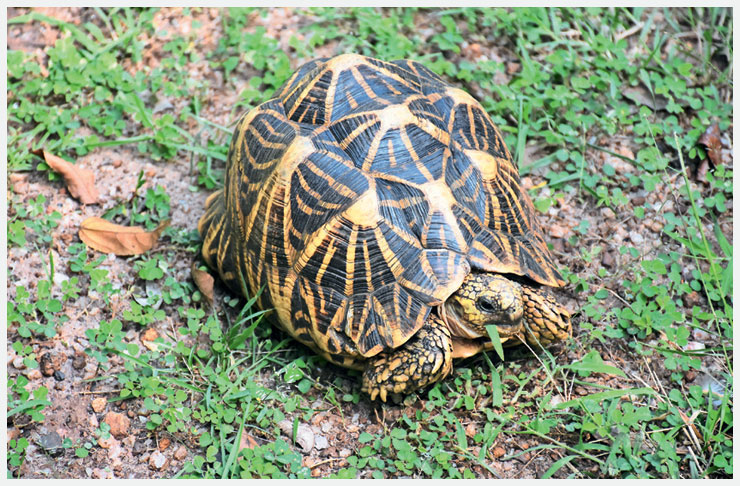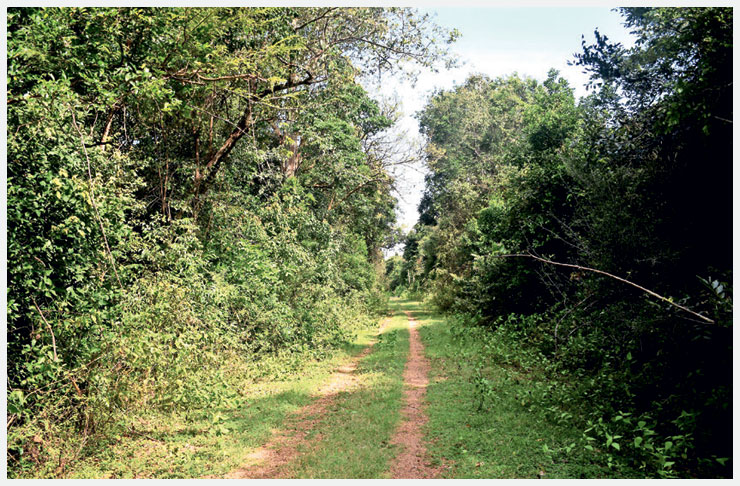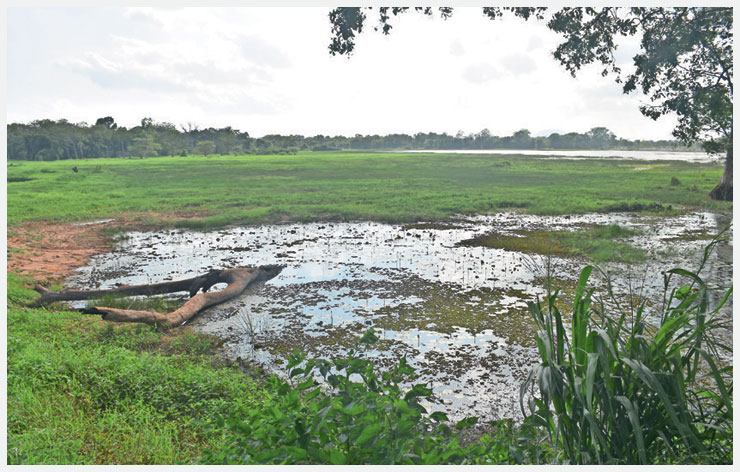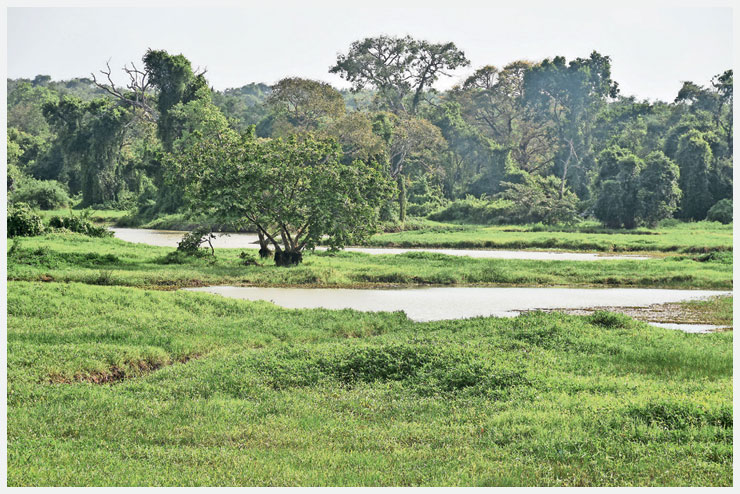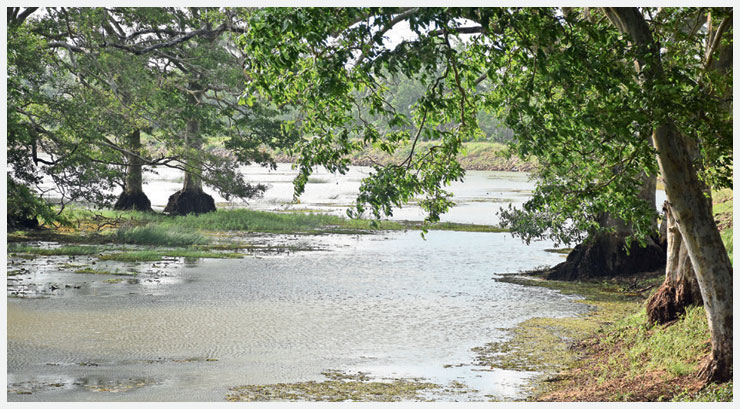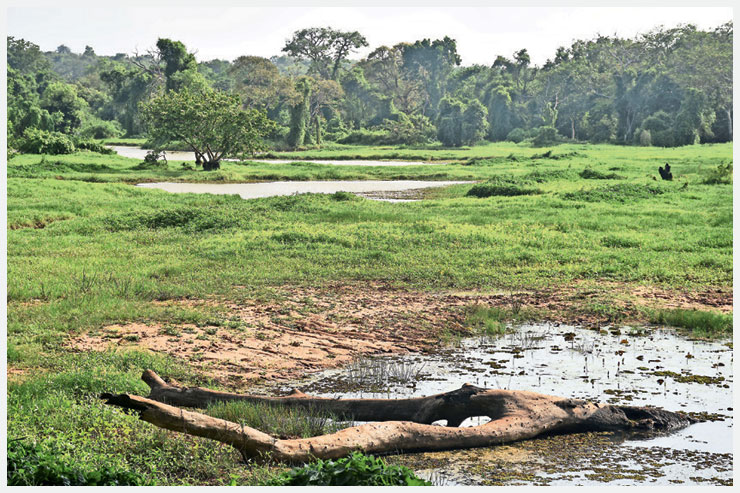Huruluwewa Strict Natural Reserve
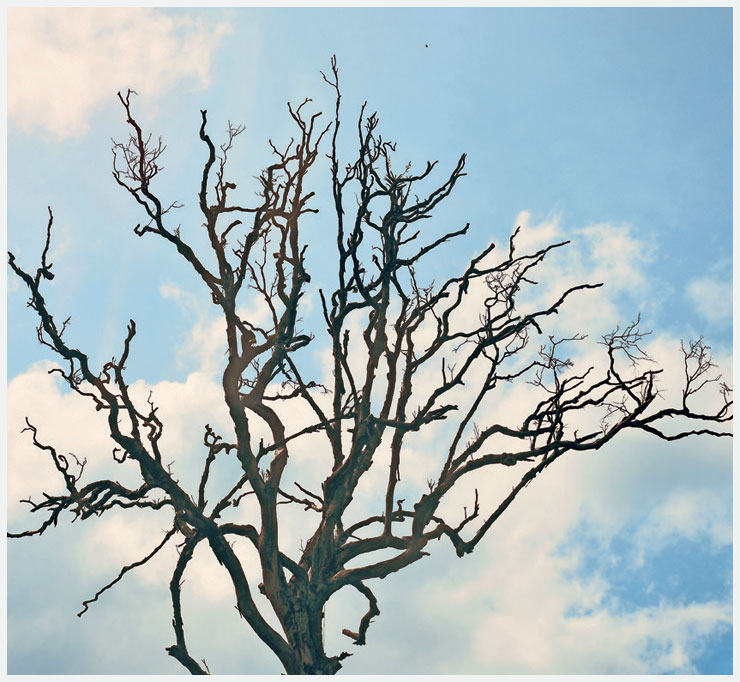

 t is a road that has been been long forgotten, effectively disused and not normally navigable, however, it has been left on the maps that are currently printed.
t is a road that has been been long forgotten, effectively disused and not normally navigable, however, it has been left on the maps that are currently printed.
It is a regular wide 20ft wide road with culverts and road markings along the way that, at one time, perhaps 50 years ago – anyone with better knowledge could enlighten us – was a well-traveled route for ramblers, cyclists and perhaps a few motorcycles and vehicles, to say nothing of the bullock carts used in them days of yore – it is now used very occasionally by the forest department since the land on either side belongs to them and it seems to be frequented by poachers, sand miners, and on the off chance tree fellers.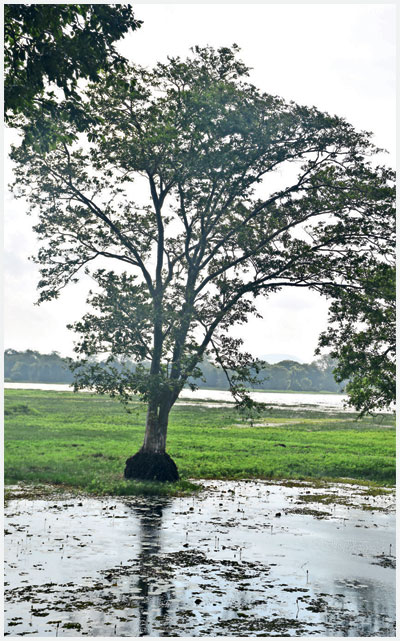
I discovered this road quite by chance when I was looking for a way to get to Dematawewa, there was a road on the map to get there, but no road to be seen, until happenstance, we saw a foot path and followed it until we reached an electrified fence – which I suppose was to keep away elephants from the village of, Aluthwewa— a hurdle we gingerly negotiated, to encounter one of the most unusual roads – it was wide, sometimes a clearance of 40ft – there was little growth obstructing the road and, I concluded that this must have been a paved road in decades gone by. I am sure it was used during the civil strife to move man and ordnance. On most of the stretches through dense forest it was as straight as an arrow as far as the eye can see, and it was clear that the forest was grown or at least left to grow after the road was constructed, an unusual turn of events, but the true facts could be clarified from a person more intimately involved in its history.
Of course to enjoy the scenery and risk encounters of the wild kind, it would be wiser to travel in numbers of 4 at least, on a rumble in the jungle, as a rambler or a cyclist on a push cycle as opposed to a motorized one, which would only disturb peace and the animals would keep their distance, not used to humans – possibly the only humans they encounter are not the most agreeable, those looking for some meat no doubt.
The only animal one should be wary of would be the elephant, but with the safety in numbers, there is unlikely to be a threat and precautions should nevertheless be taken, so it is best to inform someone before making the journey – just in case as often, phone reception is iffy in some spots.
So where does the road end? It is just about 40km to Horowapothana. However, if one went the long way round on tarmac via Trincomalee, it may be 140km instead.
For a first timer, I would not recommend going all the way, but merely making it half way, and allow a whole day for the journey to enjoy the unexpected delights. Birds dart across, and only by walking can one have a chance oftaking photos, as motorized transport will alert to your presence from a distance.
For almost 20km it is simply forest, and you will encounter many places where the trees have fallen across the road and you may have to be armed with an axe to clear a path to get across. Only at the end of the 20km do you encounter civilization, paddy cultivation and tanks feeding them and then hey presto you come up onto a village – Dematawewa.
Most of the photos were taken closer to Dematawewa, which is a little hamlet of farming houses, and fields fed by the tank of that name. This area, has not received the moisture that other parts of the Country has received, this past week and the wewa was still well below the levels needed to cultivate the fields in the area.
As I mentioned if one is ambitious one can continue across fields and eventually reach Horowapothana another 20km further due north, or turn left at Dematawewa whereby after another 20km one can reach the main road, at Konwewa, which is the Kahatagasdigiliya to Galenbindunwewa Road. Left at the junction takes you to Galenbindunuwewa – there are plenty of tanks and lush green paddy along the way soon after sowing this week, with plenty of bird in the trees and in the fields. If one is travelling as a group, I would suggest that the vehicle meets up at Dematawewa as the road up to that point via Galenbindunuwewa is motorable for cars as it is flat tarmac all the way. It would be a wild guess to say that the distance to Dematawewa would be 50 km from Habarana – ideal for vacationers to trek to parts hitherto unchartered, as a day’s outing.
Remember there is a bathing spot in Dematawewa, and it is very clean and pleasant, but make sure there is someone always with you when you get into the water, just in case. Leave only your footprints behind we don’t want to spoil the treat for those who
come after you, now do we? I recommend this journey for those who appreciate natural beauty, and like adventure, but willing to take the risk of an encounter, and know how to minimize confrontation.
RH
